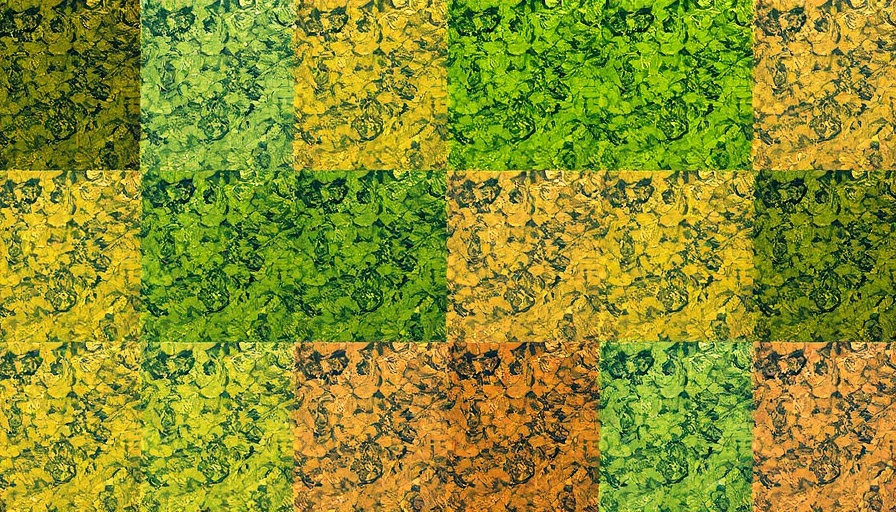
Revolutionizing Olive Cultivation with Satellite Technology
Farming practices are evolving, particularly in the realm of olive cultivation. Recent advancements in satellite imagery are now enabling researchers to classify olive grove types with remarkable precision. This breakthrough comes from a collaborative effort between the universities of Córdoba and Seville, where a unique algorithm leverages the capabilities of satellite images, specifically from the Sentinel-2 mission, to recognize different olive grove management systems—traditional, intensive, and super-intensive.
The Importance of Olive Grove Management
Understanding the type of olive groves is essential for both environmental and agricultural sustainability. Traditional groves feature widely spaced trees, while intensive systems involve closer plantings to boost productivity. However, this increased productivity often results in higher resource consumption, notably struggling water supplies. As water scarcity becomes a more pressing concern globally, knowing the distribution of different grove types can help governments and agencies implement better policies for resource management.
How the Algorithm Works
The innovative algorithm utilizes convolutional neural networks (CNNs), which are especially good at recognizing patterns in data. By training three different models on satellite images, researchers could identify olive grove types with an accuracy rate of 80%. Such a significant achievement allows for near real-time updates on agricultural changes, which was previously limited due to reliance on aerial photography updated only every three years.
Benefits for the Agriculture Sector
This new method doesn't just fast-track data acquisition; it also opens the door for more sophisticated agricultural policies and support mechanisms. By having immediate access to data on how many hectares are devoted to each type of grove, stakeholders can make informed decisions regarding subsidies, conservation efforts, and resource allocation.
Future Implications of Satellite Technology in Agriculture
The implications of using satellite technology extend far beyond olive groves. As data systems improve, the adoption of these technologies could mean a future where agriculture adapts more rapidly to changing environmental conditions. The move towards more precise data handling exemplifies a vital step towards sustainable agriculture, as farmers, policymakers, and researchers alike can work together to better manage resources.
A Step Towards Sustainability
With this algorithm, the agricultural sector is better equipped to face the challenges of climate change and resource depletion, paving the way for innovative solutions that could redefine farming. By utilizing free and readily available satellite imagery, we can ensure that our farming practices not only remain productive but also environmentally conscientious.
As we continue to explore how technology can improve our relationship with the planet, breakthroughs like these underscore the importance of integrating our agricultural practices with modern tools and methodologies.
 Add Row
Add Row  Add
Add 




Write A Comment